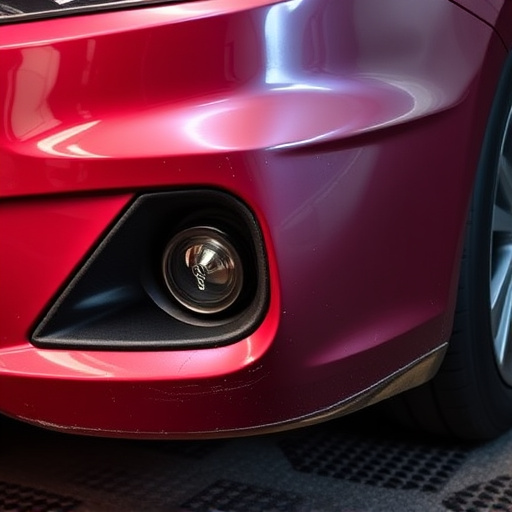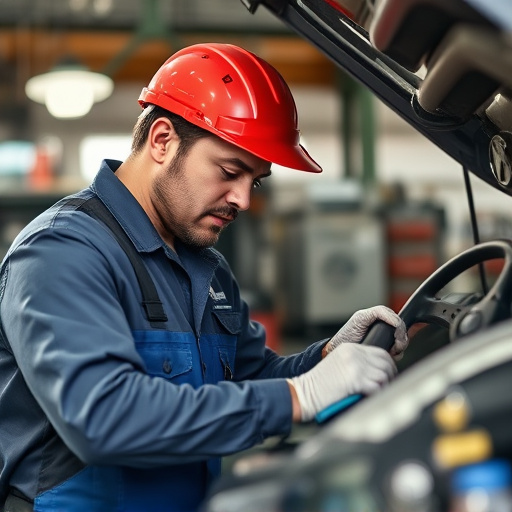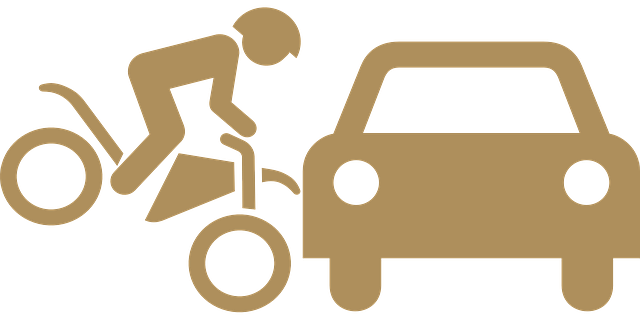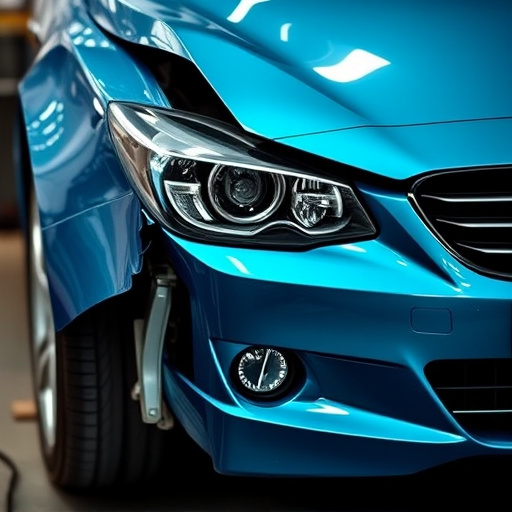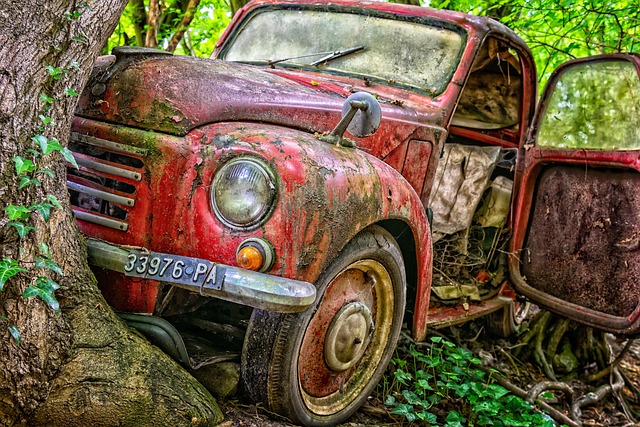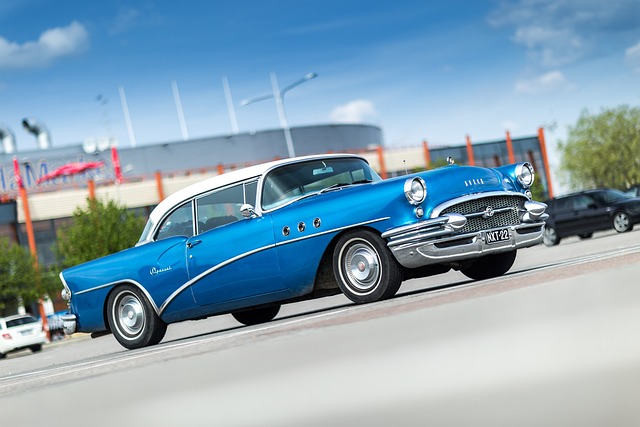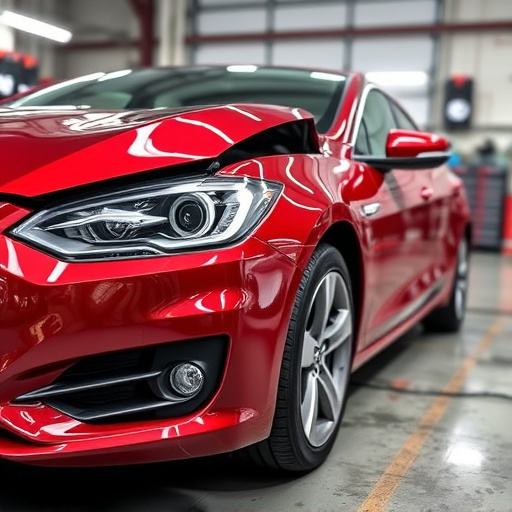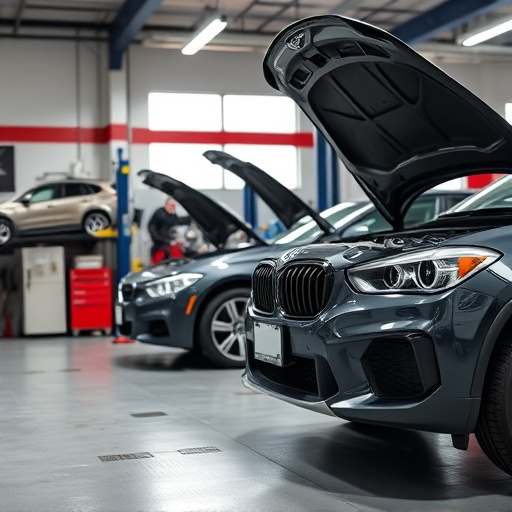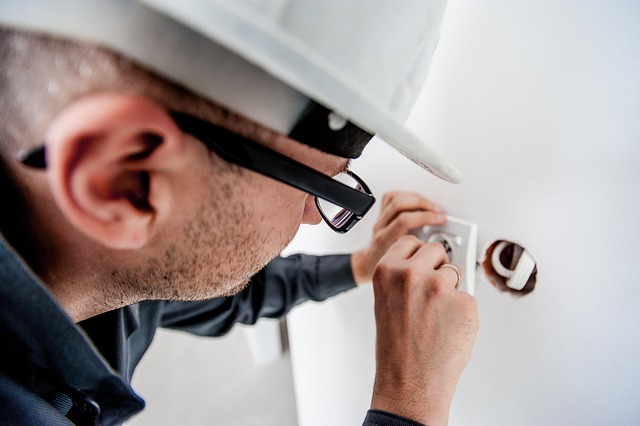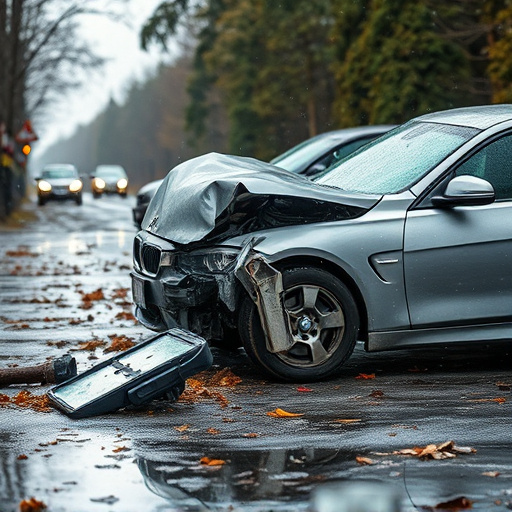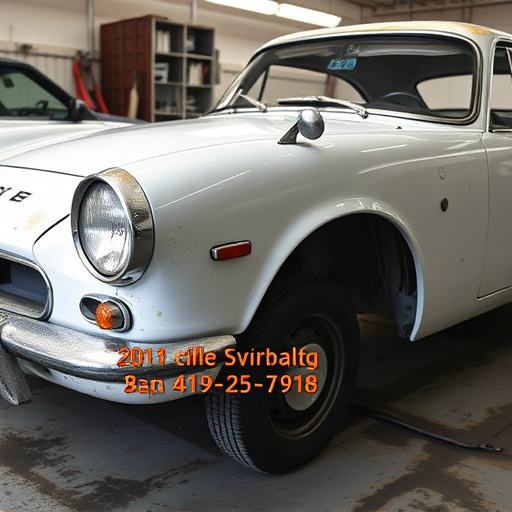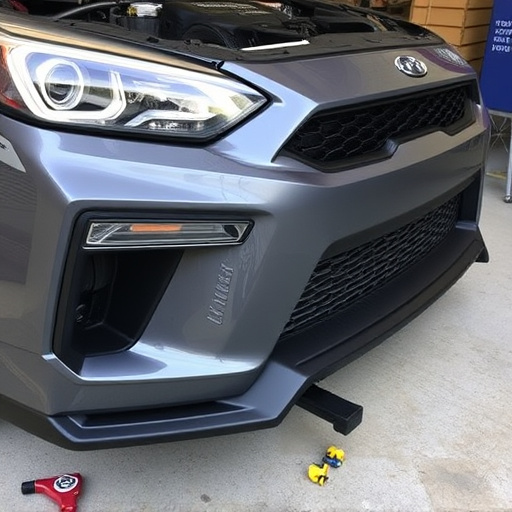Hidden damage, such as stress cracks and structural weaknesses, is uncovered through advanced tools like digital imaging, UV lights, and CAD software during auto body repair consultations. Skilled technicians conduct meticulous inspections, ensuring accurate assessments for car restoration and preventing future safety hazards. This comprehensive evaluation enhances vehicle aesthetics and safety.
Hidden damage during an auto body repair consultation can often go unnoticed, but skilled technicians employ advanced techniques to uncover these secrets. This article delves into the intricate process of assessing hidden damage, a crucial step in ensuring accurate repairs. We explore the scope of hidden damage assessment, from visual inspections to sophisticated diagnostic tools used in auto body repair consultations. Understanding these methods is vital for comprehensive evaluations, guaranteeing vehicles return to their pre-accident condition.
- Understanding the Scope of Hidden Damage Assessment
- Techniques Used During Auto Body Repair Consultation
- Importance of Comprehensive Evaluation in Auto Body Repair Consultations
Understanding the Scope of Hidden Damage Assessment

Hidden damage assessment is a critical component of any auto body repair consultation. It involves meticulous inspection beyond what meets the eye to identify potential issues that could impact the integrity and safety of a vehicle post-repair. Technicians employ advanced tools and expertise to detect signs of damage, such as stress cracks, hidden dents, or structural weaknesses often concealed by the car’s exterior.
During an auto body repair consultation at a reputable collision center, customers can expect their vehicles to undergo thorough examinations. This process includes visual inspections, digital imaging, and specialized equipment to unmask even the subtlest of damages, including those that might arise from a seemingly minor fender bender. Understanding these hidden defects is key to ensuring accurate estimates for car body restoration and preventing future safety hazards.
Techniques Used During Auto Body Repair Consultation
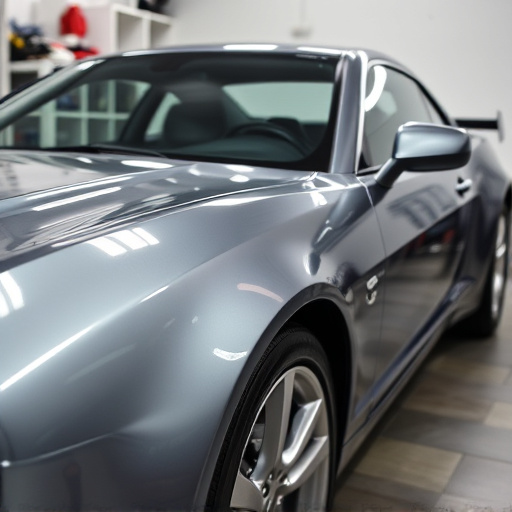
During an auto body repair consultation, technicians employ a variety of techniques to uncover hidden damage. They begin by performing a thorough visual inspection, carefully examining the exterior and interior of the vehicle for any signs of impairment that might not be immediately apparent. This involves looking closely at panels, trim, and other components for dents, cracks, or discrepancies in paint finish.
In addition to visual assessments, technicians may utilize advanced tools such as moisture meters and ultra-violet lights. Moisture meters help identify water damage, a common issue often hidden beneath the surface after accidents. UV lights can reveal poor paint jobs or previous repair work by highlighting variations in the paint’s thickness or quality. For more severe cases, including luxury vehicle repairs or car paint restoration, technicians might employ computer-aided design (CAD) software to create detailed 3D models of the vehicle, allowing them to virtually inspect and assess hidden damage with precision.
Importance of Comprehensive Evaluation in Auto Body Repair Consultations

A comprehensive evaluation is a cornerstone of successful auto body repair consultations. Technicians skilled in this area meticulously inspect vehicles, going beyond what meets the eye. They understand that hidden damage, such as dented panels or compromised structural integrity, can have significant implications for safety and long-term vehicle performance. During consultation, these professionals utilize specialized tools and their expertise to uncover potential issues, ensuring a thorough understanding of the car’s condition. This meticulous approach not only facilitates accurate estimates for auto body repair services but also instills confidence in customers by highlighting the technician’s commitment to quality and integrity.
A holistic evaluation is crucial in the realm of auto maintenance, where even the smallest dent removal can impact overall vehicle aesthetics and structural soundness. By employing this rigorous process, technicians provide valuable insights that extend beyond immediate visual inspections. This not only benefits customers by preventing future repairs but also establishes a reputation for reliable and comprehensive auto repair services. Ultimately, it ensures that vehicles are restored to their optimal condition, enhancing safety and peace of mind for all road users.
During an auto body repair consultation, technicians employ a combination of visual inspections, specialized tools, and advanced technologies to assess hidden damage. By utilizing these techniques, they ensure a comprehensive evaluation, enabling accurate repairs and restoring vehicles to their pre-incident condition. This meticulous process is vital for providing customers with high-quality services and maintaining the integrity of auto body repair consultations.
